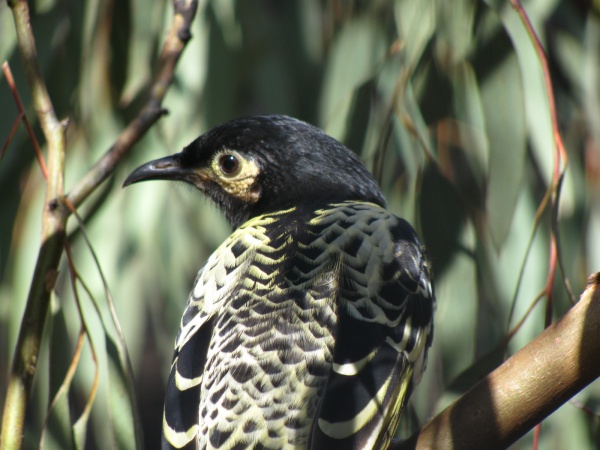Facts About Regent honeyeater
The regent honeyeater, a critically endangered bird found in southeastern Australia, serves as a flagship species for conservation efforts. Protecting this bird also aids numerous other species in the region. Genetic research indicates a close relationship between the regent honeyeater and wattlebirds. Initially described in 1794 and later classified within the genus Anthochaera in 1827, this bird has a diverse diet consisting of nectar, insects, and fruit.
The regent honeyeater's breeding season extends from August to January, though many nests are destroyed due to predation. This species, once widespread across eastern Australia, has seen its numbers plummet, particularly following the devastating 2019–2020 bushfires. Key habitats are now confined to Queensland, New South Wales, and Victoria.
Conservation measures to save the regent honeyeater include captive breeding programs and the protection of its natural habitat. Despite facing severe threats such as habitat loss, various laws and recovery plans are in place to support its survival. Conservationists are actively releasing captive-bred individuals into the wild and tracking their movements to monitor progress. Currently, the wild population is estimated at around 250 individuals. For those interested, recordings of the regent honeyeater's calls are available through external resources.
